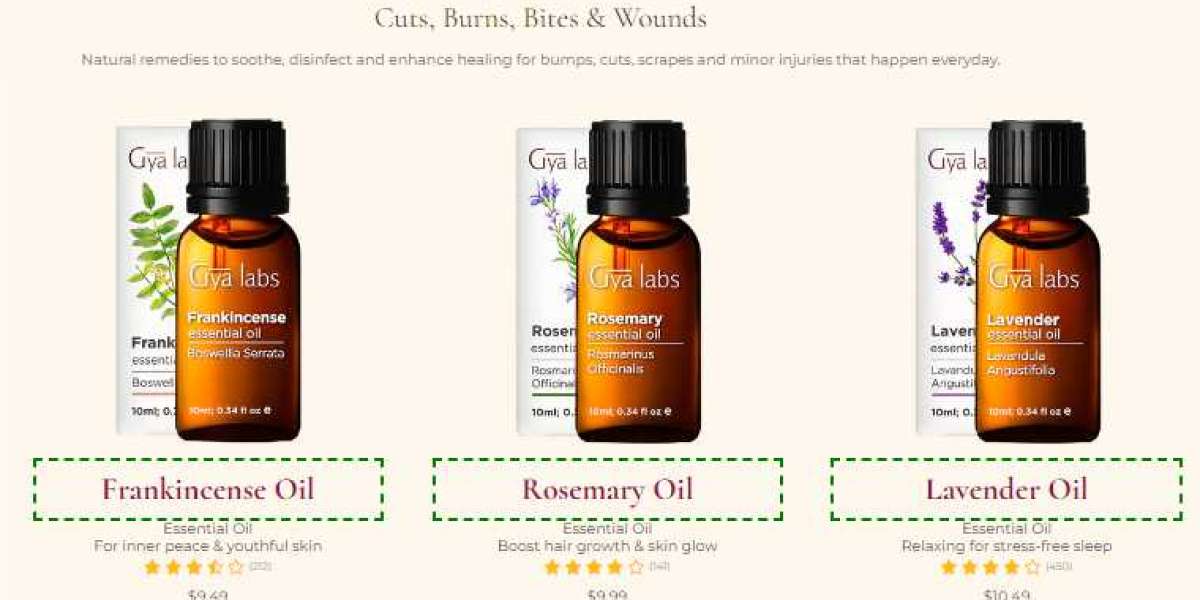Wounds are disruptions to the normal structure and function of the skin and underlying tissues. They can be caused by cuts, scrapes, burns, surgery incisions or other injuries. Proper wound healing is essential to restore skin integrity and prevent infections or other complications. This complex process involves several overlapping phases - hemostasis, inflammation, proliferation and remodeling. While conventional wound care involves cleaning, debridement and antibiotics, some people explore complementary options like essential oils to support healing. But what does the science say about using essential oils for healing wounds?
Some key points from research:
- Many essential oils have antimicrobial effects against common wound pathogens. Oils like tea tree, lavender, thyme, oregano, clove and cinnamon oils can inhibit growth and biofilm formation of bacteria like Staphylococcus aureus and Pseudomonas aeruginosa as well as fungi like Candida albicans. This helps prevent infection in wounds.
- Several essential oils support different stages of wound healing. For example, myrrh, cistus and frankincense oils enhance blood clotting during hemostasis. Lavender and German chamomile oils reduce inflammation. Ylang ylang, neroli and rose oils promote cellular proliferation and tissue remodeling.
- Topical application of some essential oils or their isolated compounds improves wound closure and re-epithelialization in animal studies. Oils like lavender, thyme, patchouli, clove, frankincense and myrrh essential oils demonstrate this wound healing potential.
- The antimicrobial, anti-inflammatory, antioxidant, angiogenic and growth-promoting properties of essential oils contribute to their beneficial effects on wounds. Active phytochemical constituents like terpenes, phenols and aldehydes mediate these therapeutic actions.
- While many studies show positive effects, most evidence involves animal models like rats and mice. Robust clinical research is still lacking, especially on human subjects. Safety also needs more research.
- Oils should not be directly applied to wounds undiluted as they can irritate skin. Most studies use diluted oils at 0.5-5% in carrier oils or creams. Proper dilution is important.
- Essential oil blends may have synergistic therapeutic benefits compared to single oils for wound healing. For example, combining lavender oil with clove, geranium or tea tree oil may enhance antimicrobial effects.
- How oils are applied to wounds also matters. Gels, creams, impregnated dressings and nanoemulsion delivery allow safer sustained contact between oils and wounds than direct application.
- Timing of essential oil therapy may influence outcomes. Early application may disrupt normal healing stages. Use from the proliferative phase onwards may be more beneficial once inflammation reduces.
In summary, research shows promising roles for essential oils in supporting wound healing through multiple mechanisms. However, human studies are still lacking. While oils demonstrate potential, more clinical evidence on efficacy and safety is needed before they can be routinely recommended. Practitioners should use caution and dilute oils appropriately when considering topical application, particularly for chronic or severe wounds. Essential oils may be beneficial complements to standard wound treatments, but should not replace medical advice and standard care.



